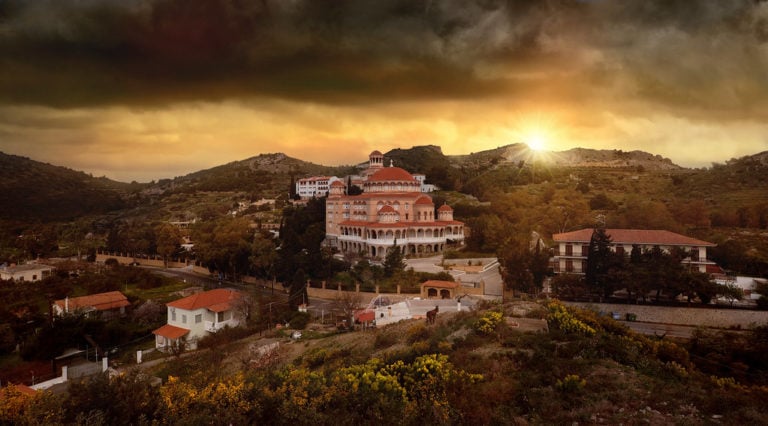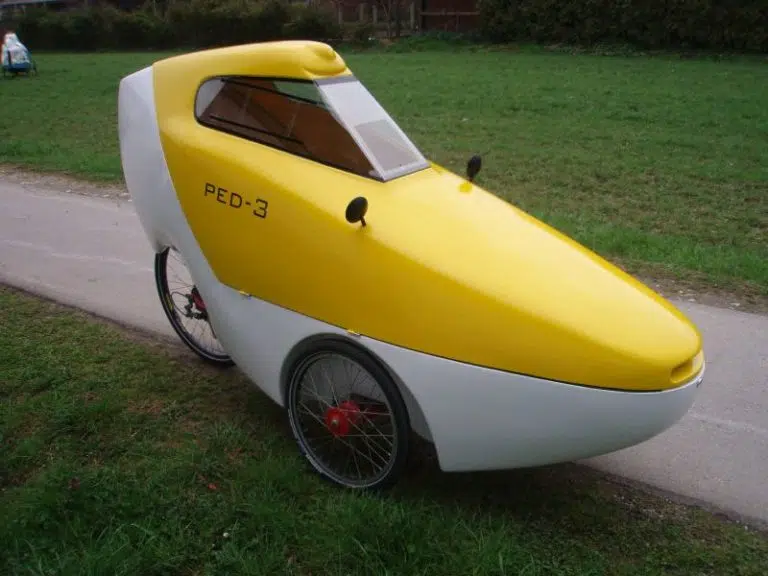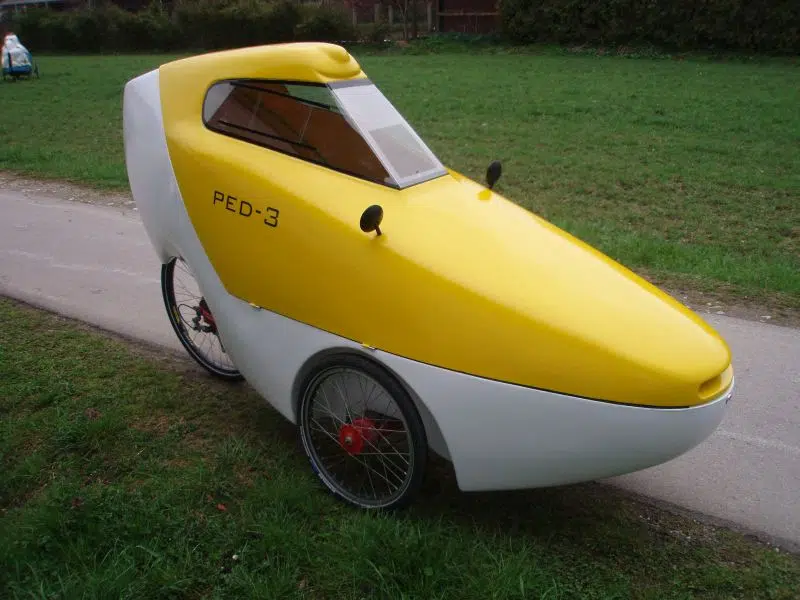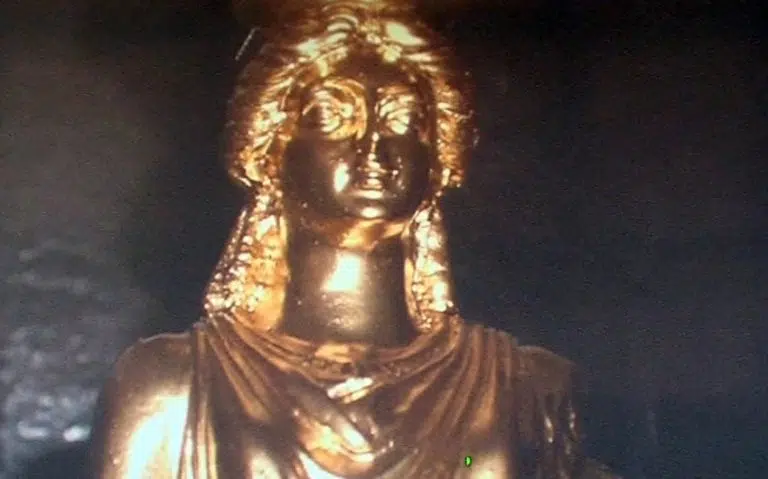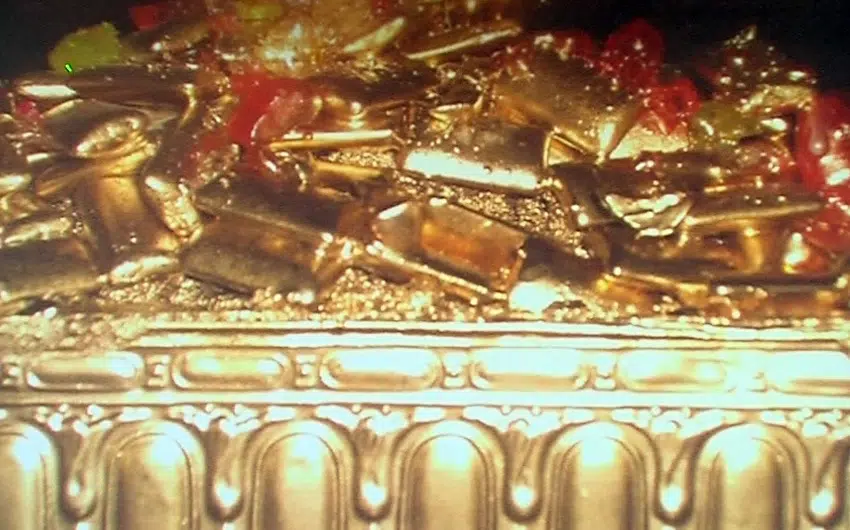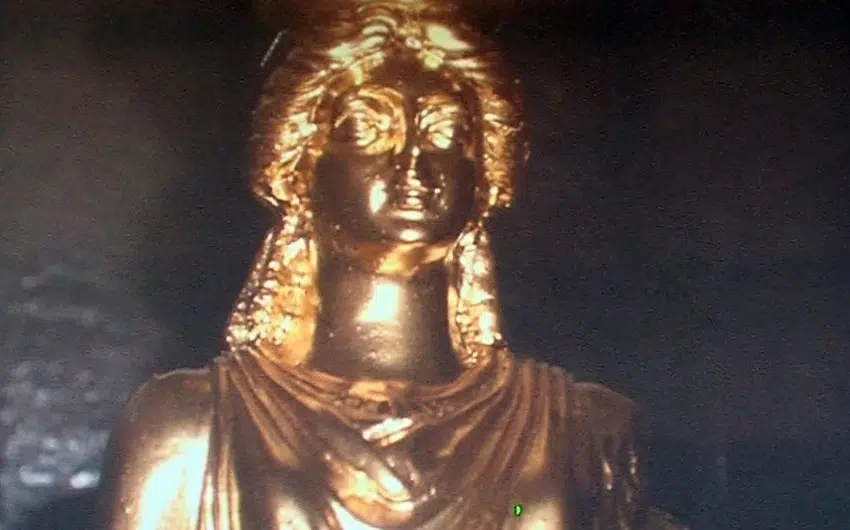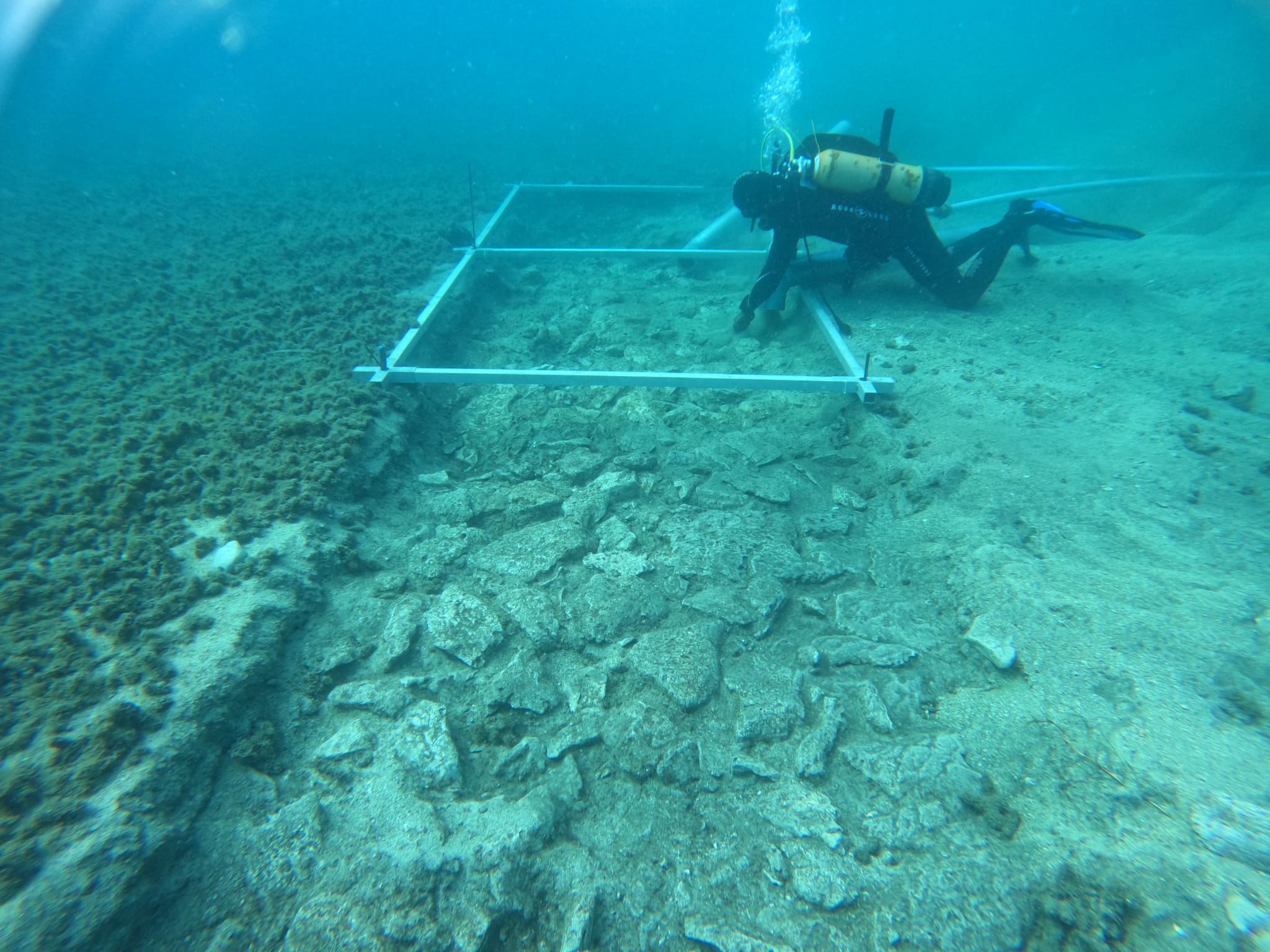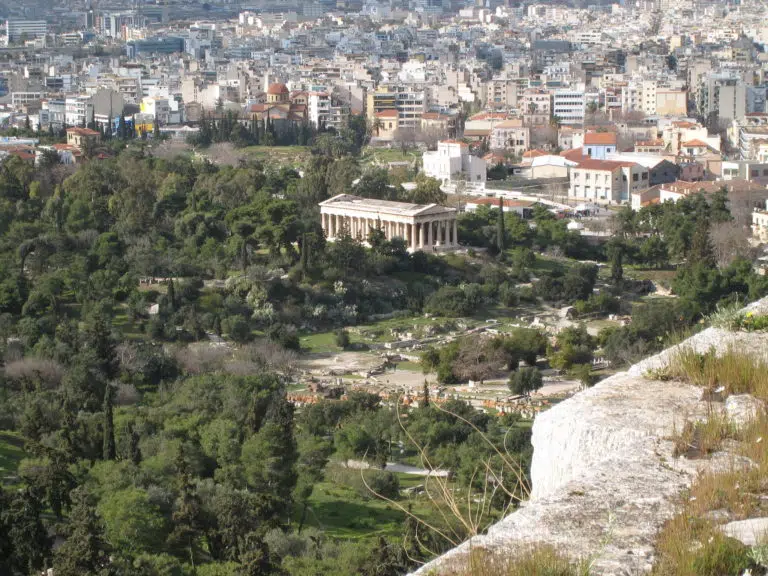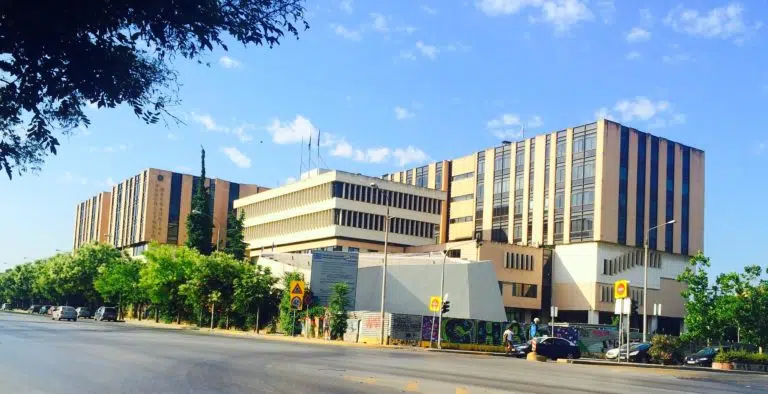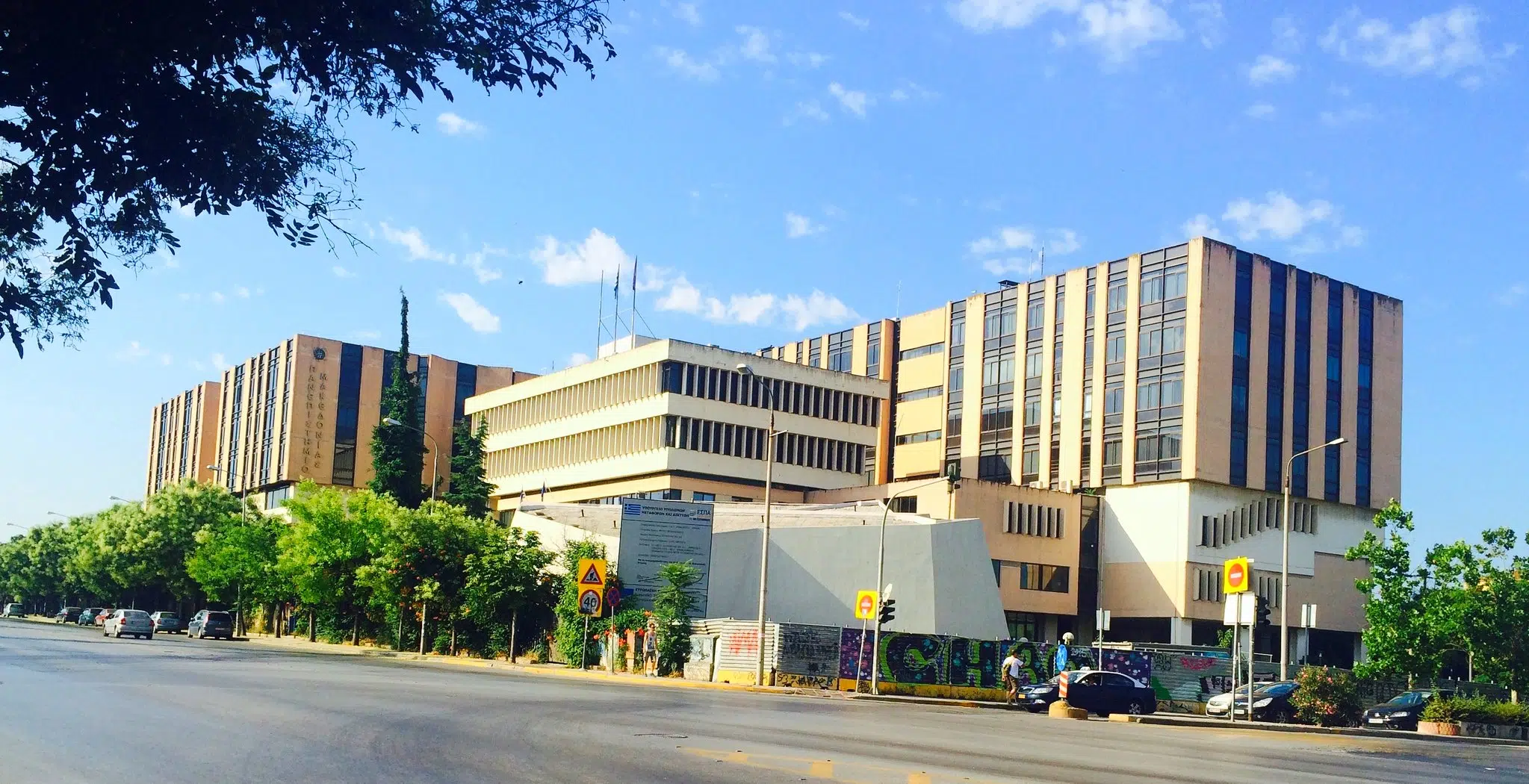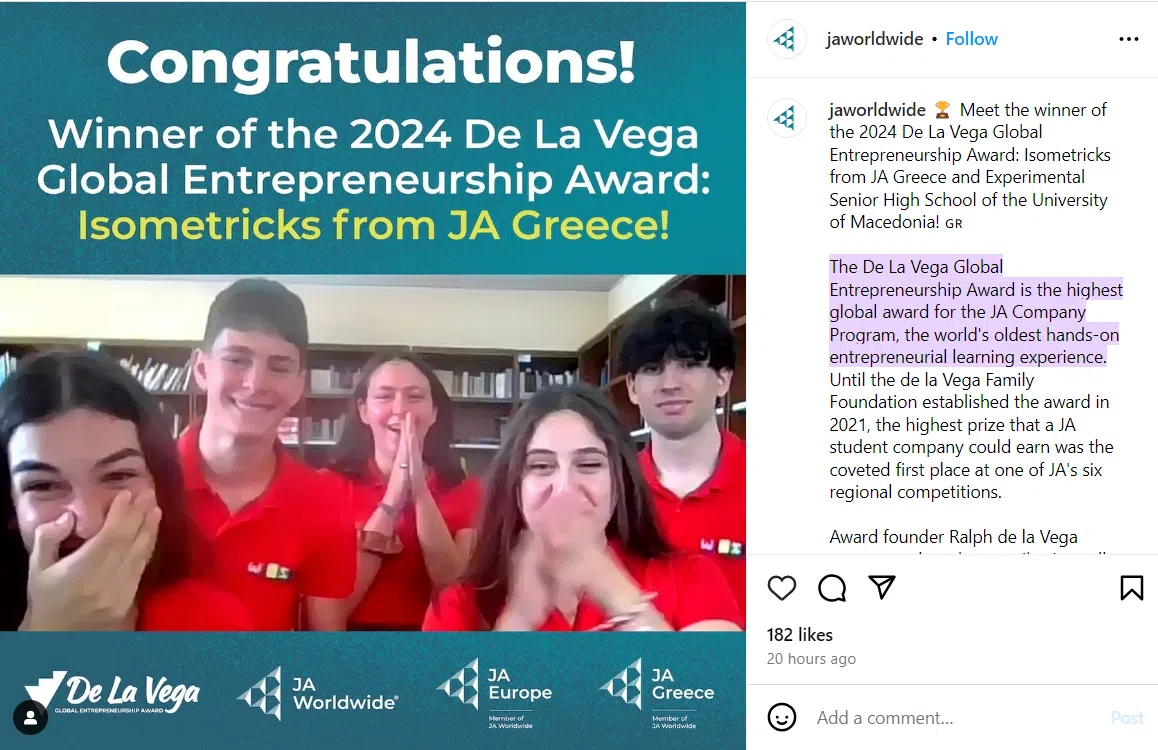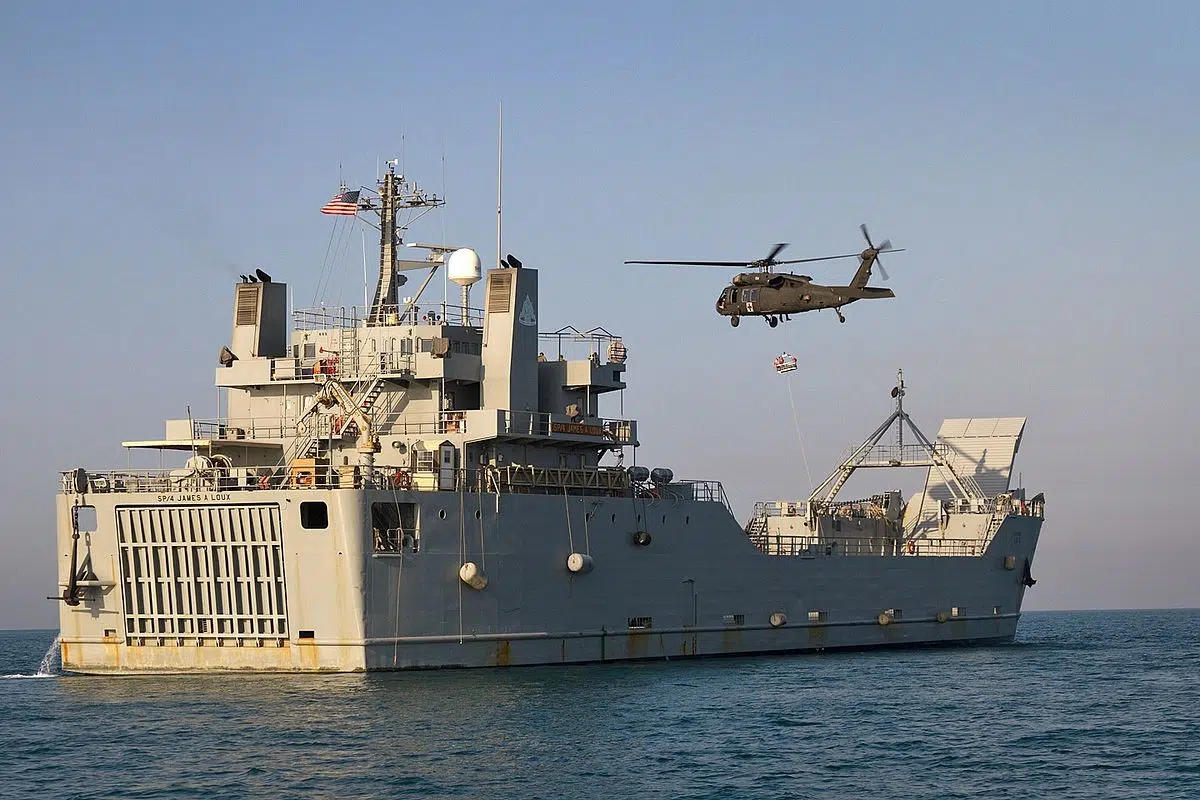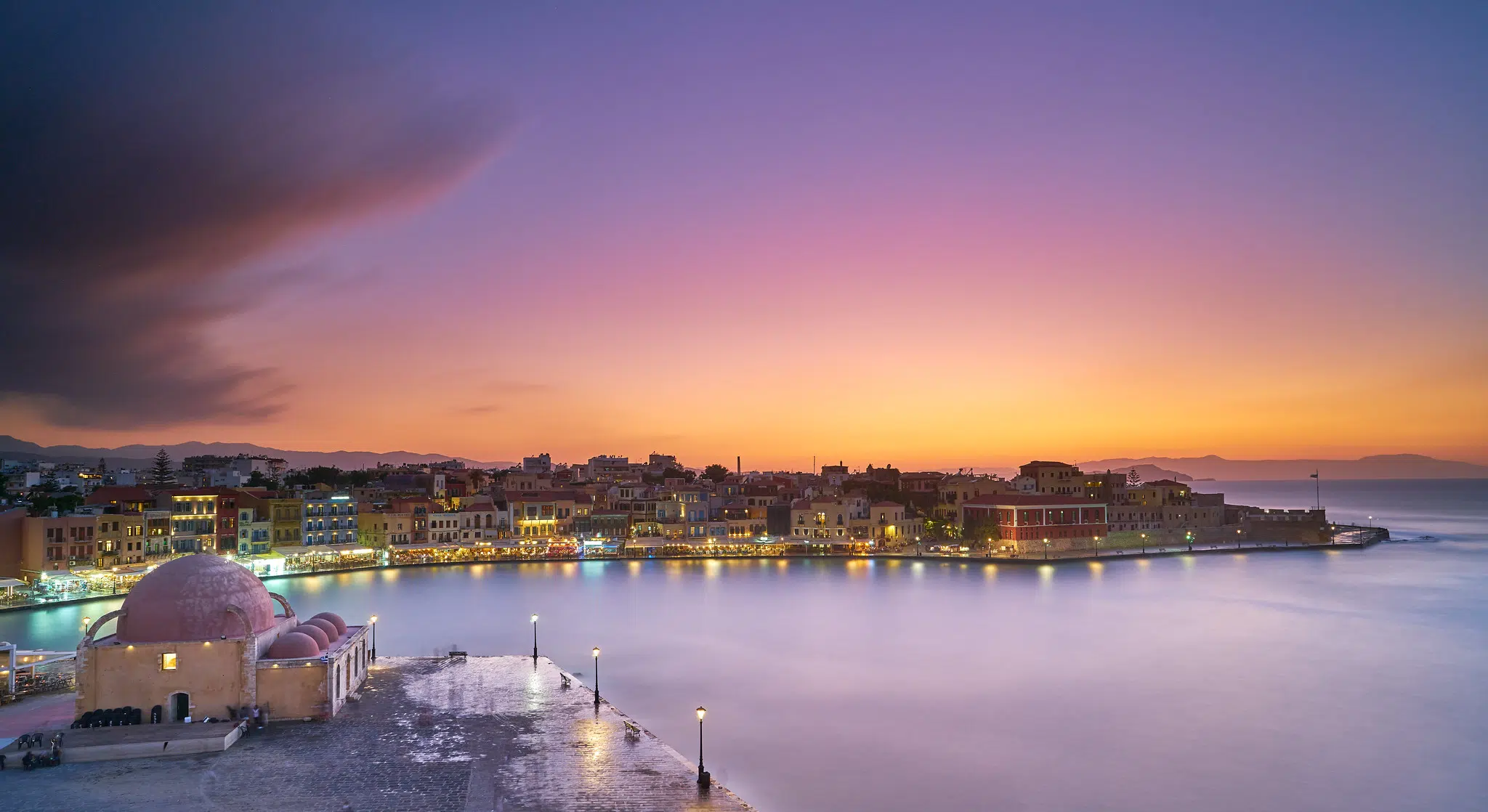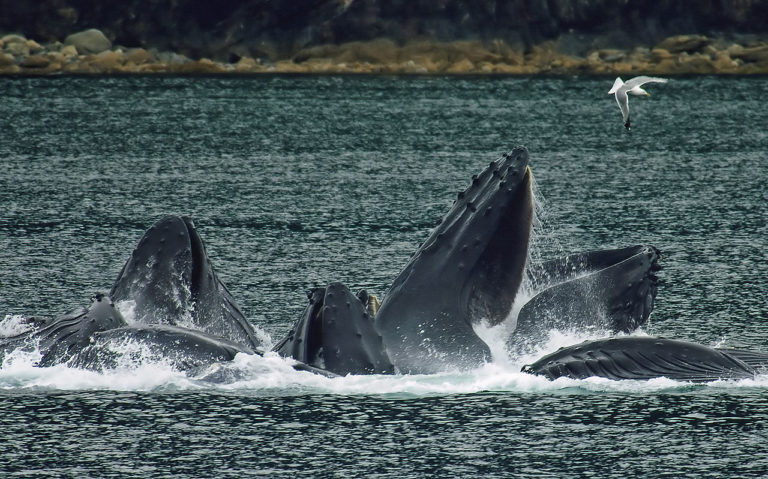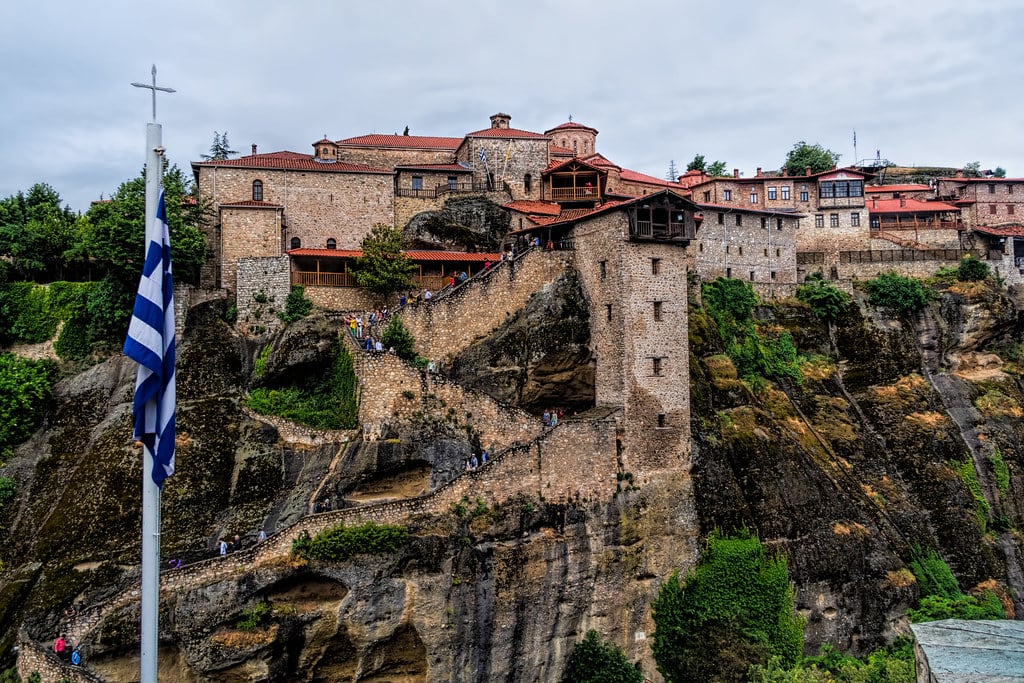
Greece has many beautiful sights for you to check out while you are visiting the country. One thing you want to be sure to add to your itinerary is visiting some of the ancient, historical Greek monasteries. Here are ten must-see monasteries in Greece.
1. Evangelistria Monastery, Skiathos
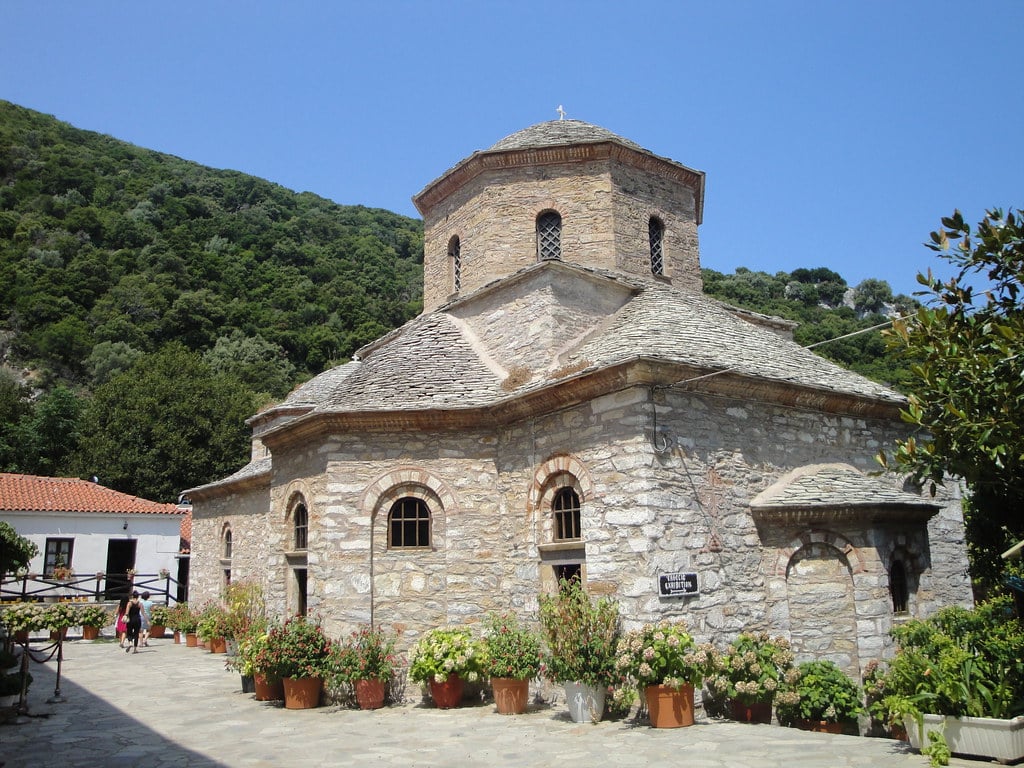
This historical structure on the Greek island of Skiathos, which was first founded in 1794 by a group of monks from Mount Athos, played a crucial role in the 1821 Revolution which brought independence to Greece. The first-ever Hellenic flag was also made on a loom at this very location.
2. Panagia Spiliani, Nisyros

A monastery built in a cave is what you will find when you visit the Monastery of Panagia Spiliani. It sits at the top of a hill in northwest Mandraki while the largest portion of the monastery is built inside a cave. A truly unique experience, the cave monastery is divided into two churches and is definitely worth a visit.
3. The Holy Monastery of Great Meteoron
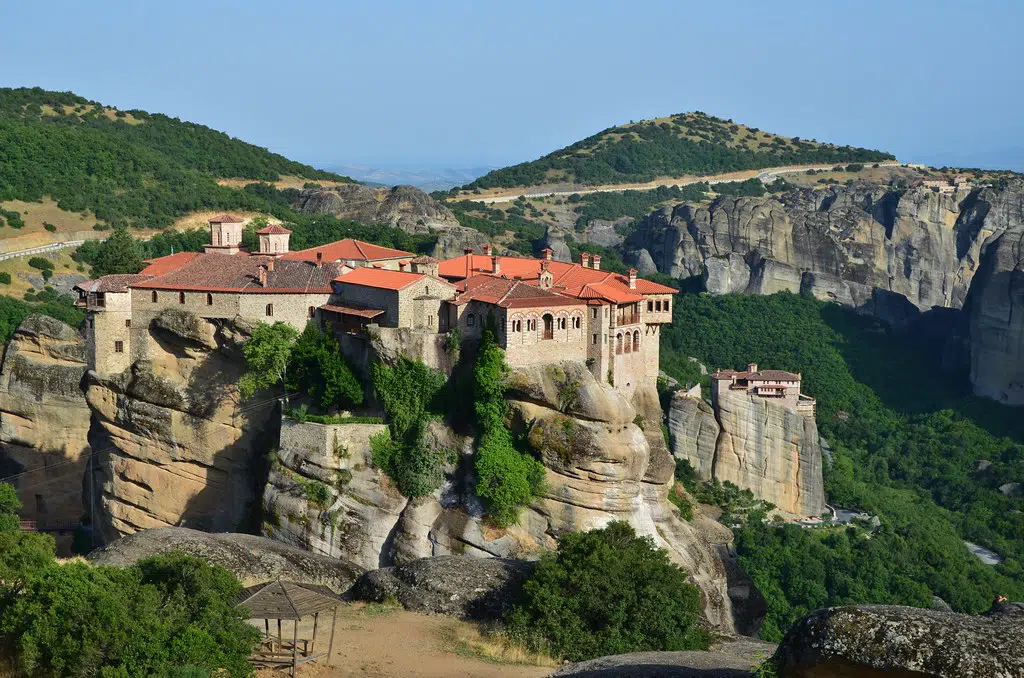
Meteora is the second largest monastic and pilgrimage site in Greece after Mount Athos. The towering cliffs were the perfect place for the monks to take refuge from the invading Turkish army around the 11th century.
Here you will find several breathtaking monasteries that still remain some 400 meters (1,312 feet) above the ground, including the most impressive monastery in Greece, and perhaps in the world, the Holy Monastery of Transfiguration of Jesus, better known as Great Meteoron.
4. The Monastery of Agia Triada, Hydra
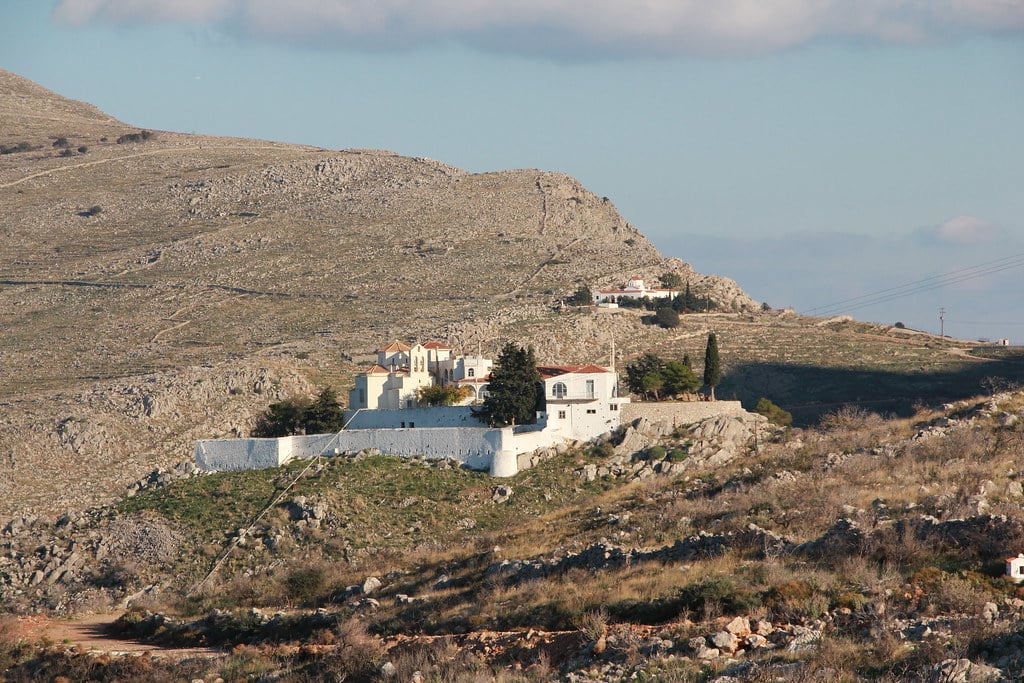
Located on Hydra in the hills above Mandraki, the Monastery of Agia Triada (Holy Trinity), is a trekking destination for many who visit the island. The monastery dates back to 1704 when it was founded by the priest Antonios Oikonomou.
5. The Monastery of Agia Triada, Aegina

Many people visit the island of Aegina to see the church of Agios Nektarios and the monastery of Agia Triada which is perched above the church. The church is still under construction, but progress is constantly being made, and you can still visit and see the inside of the grand dome. Walk a short uphill trail to the Monastery of Agia Triada where you can say a prayer in the chapels and buy religious souvenirs as keepsakes.
6. Mega Spileo, Kalavryta
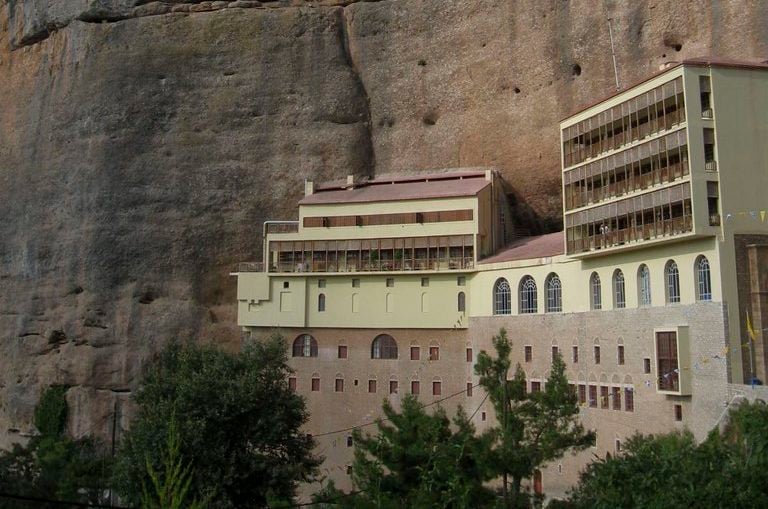
Another breathtaking monastery, Mega Spileo stands eight stories tall and is actually built at the edge of cliffs at a cave opening where it almost appears to become one with the surrounding landscape. Considered to be the oldest monastery in Greece, dating back to 362 AD, it has survived four fires. It played an important role during the Greek War of Independence in 1821 against the Ottomans. The monastery is also home to countless Byzantine icons, frescoes, copper plates, manuscripts, and other unique treasures, such as its library featuring more than 3,000 books.
7. Monastery of Hosios Loukas, Distomo, Boeotia
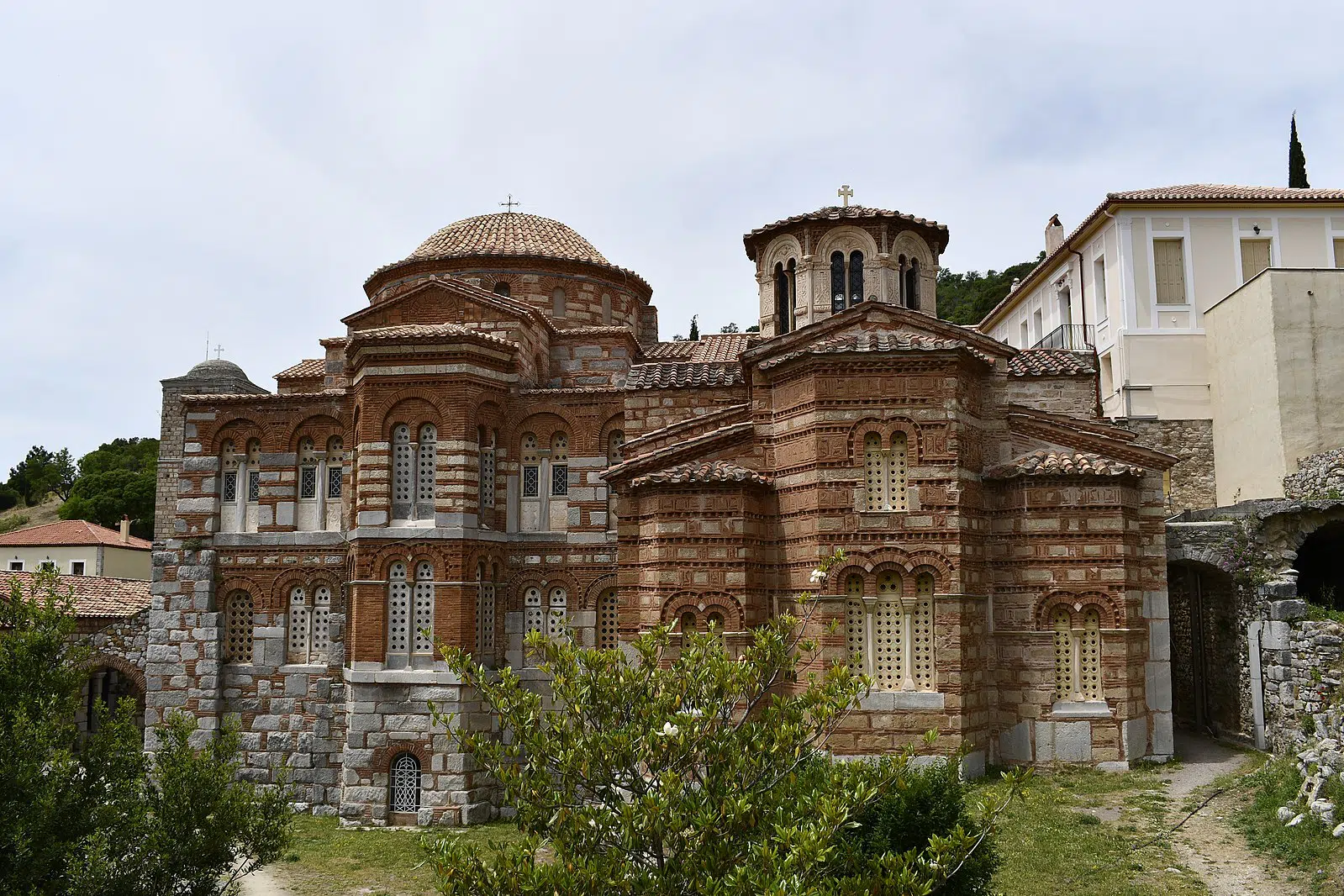
This UNESCO World Heritage Site is one of the most important monuments of Middle Byzantine architecture and art. Dating back to the early 10th century, it is built on the slopes of Mount Helicon and was founded by the hermit, Venerable (Greek: Hosios) St. Luke, whose relics are kept in the monastery to this day.
8. Saint John the Theologian, Patmos

One of the most popular destinations on the island of Patmos, the Monastery is situated near the cave where Saint John wrote the Book of Revelation. This UNESCO World Heritage site was founded in 1088 in Chora, Patmos by soldier-priest John Christodoulos, who heavily fortified the exterior of the structure to protect it from threats of piracy and Seljuk Turks.
9. The Arkadi Monastery, Crete
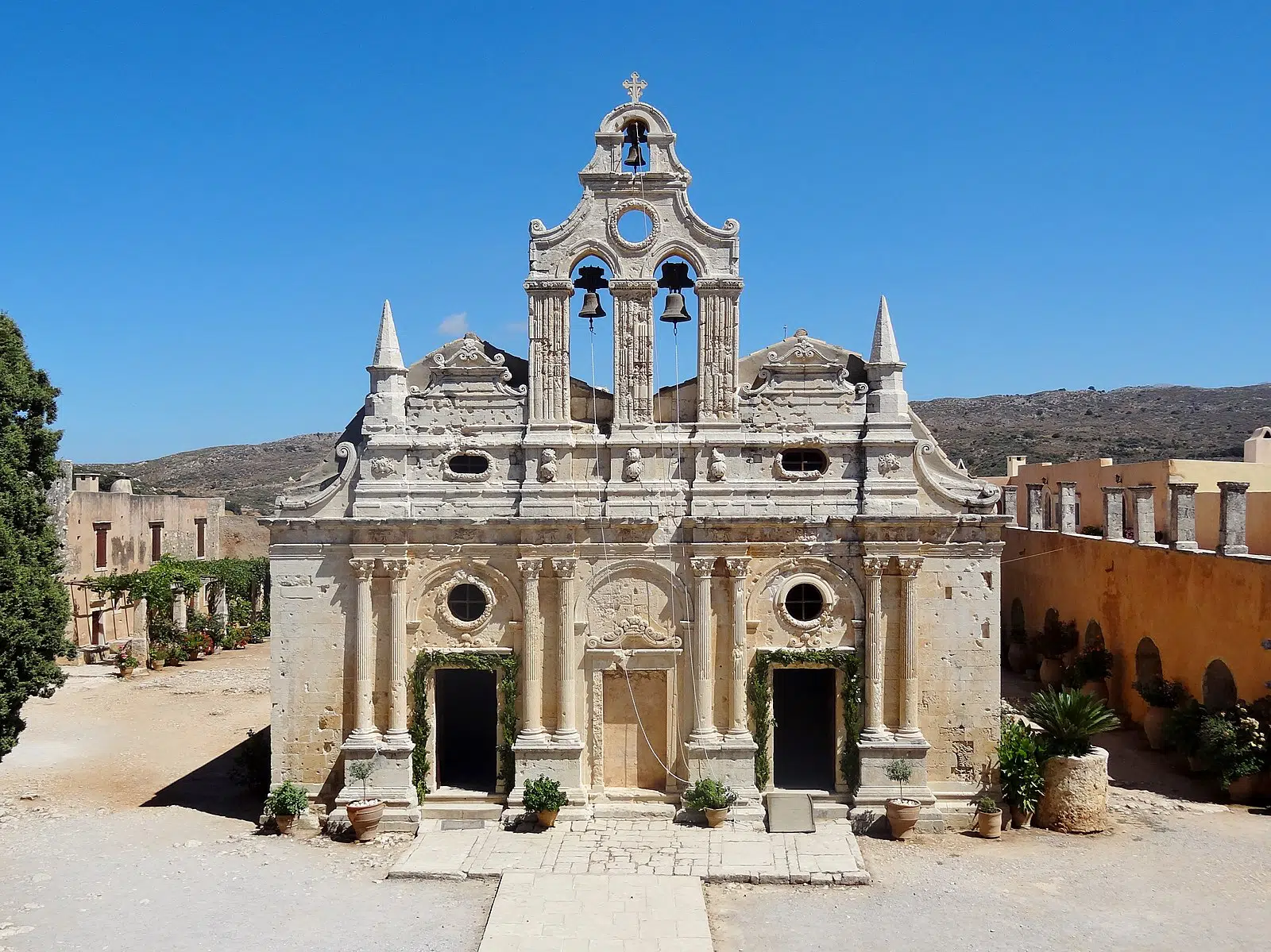
This monastery, which is located in Rethymno, Crete, has played many important roles on the island over the last eight centuries since it was founded. The monastery has been the center point for everything from producing needlework embroidered with gold during the 17th and 18th centuries to participating in the Greek War of Independence in 1821.
10. Mount Athos Monasteries

This UNESCO World Heritage Site and autonomous polity in the Hellenic Republic is one of the oldest monasteries in the world. Greeks refer to it as the “Holy Mountain.” Women are prohibited from entry to the Mountain, which is comprised of a series of monasteries. The monastery was first founded in the year 963 by the monk Athanasios. There are twenty monasteries in total on Mount Athos. Thousands of monks reside at the monasteries today.



